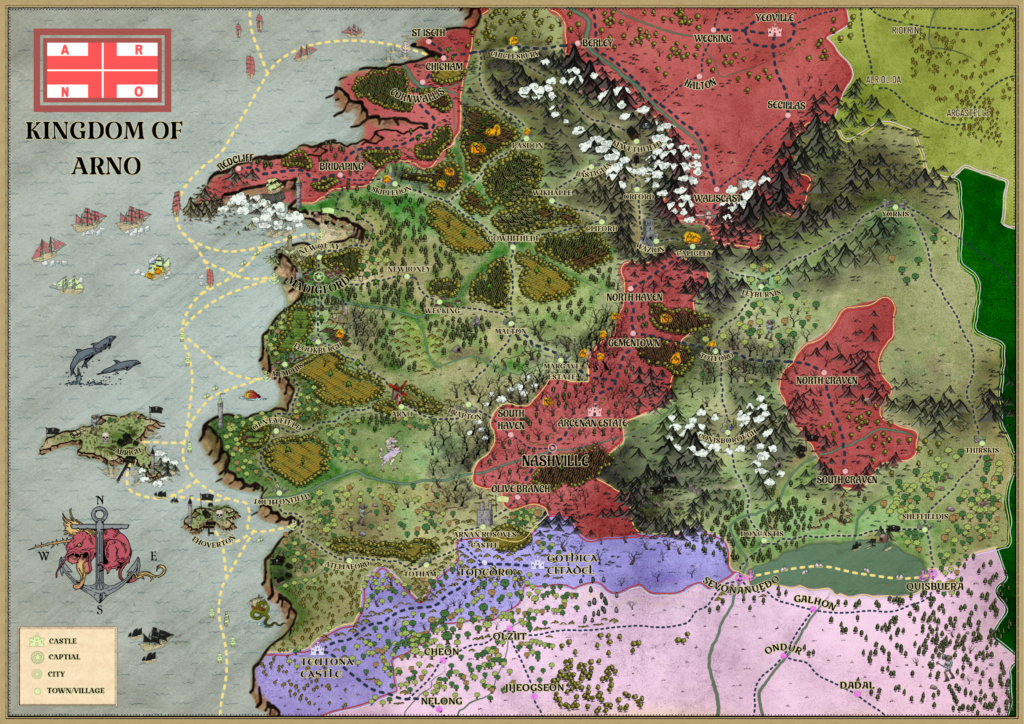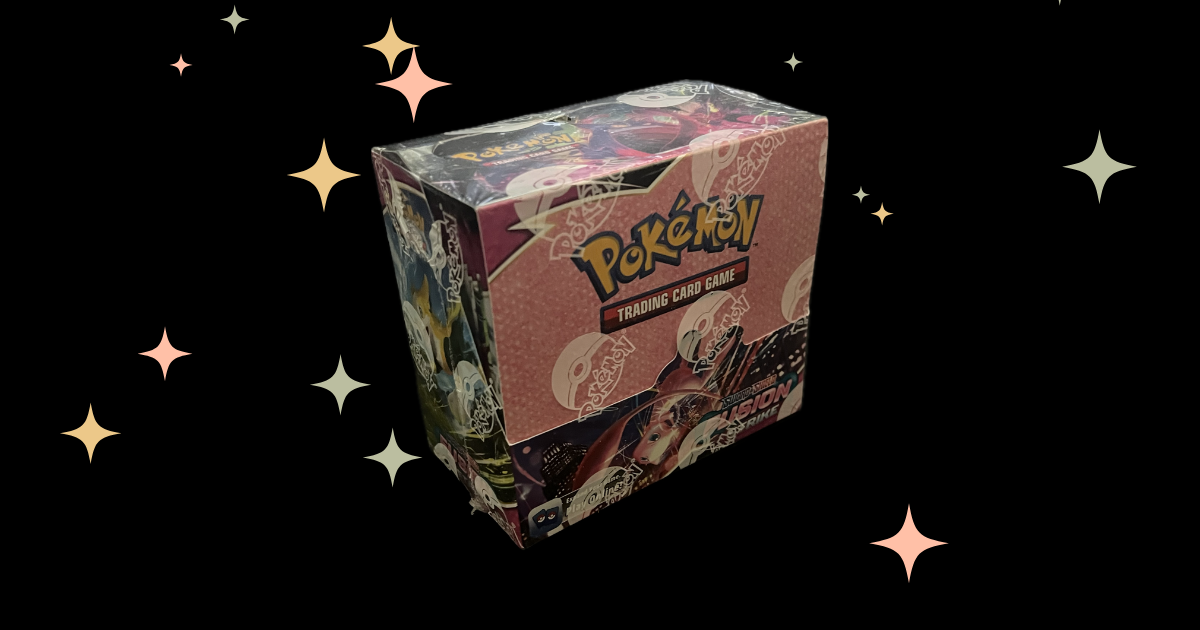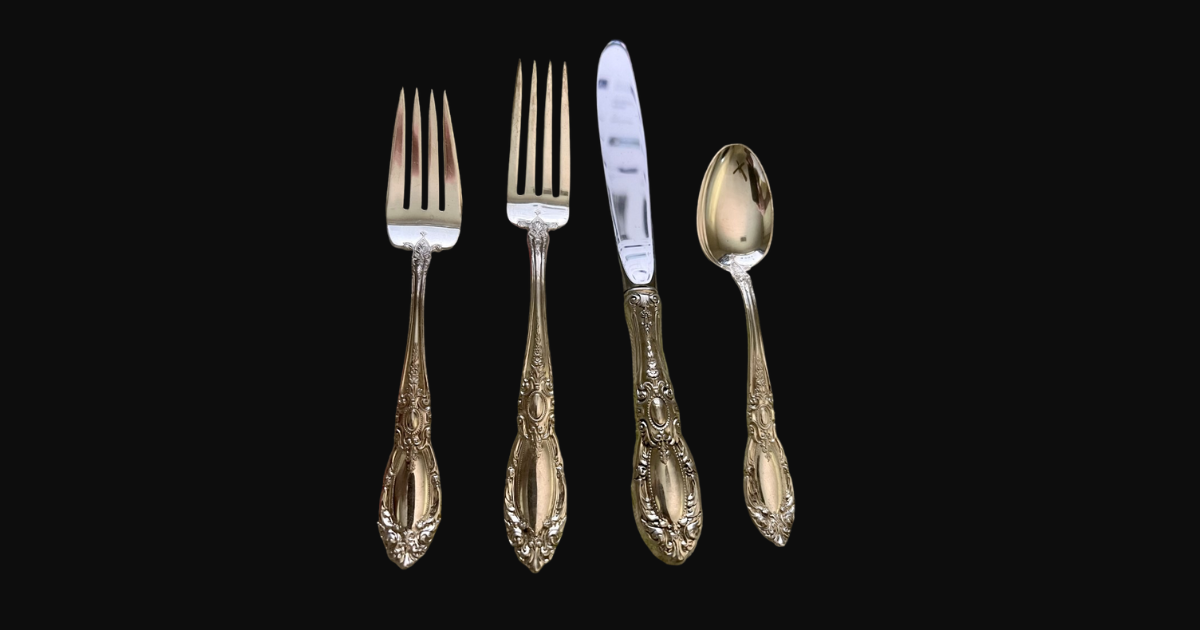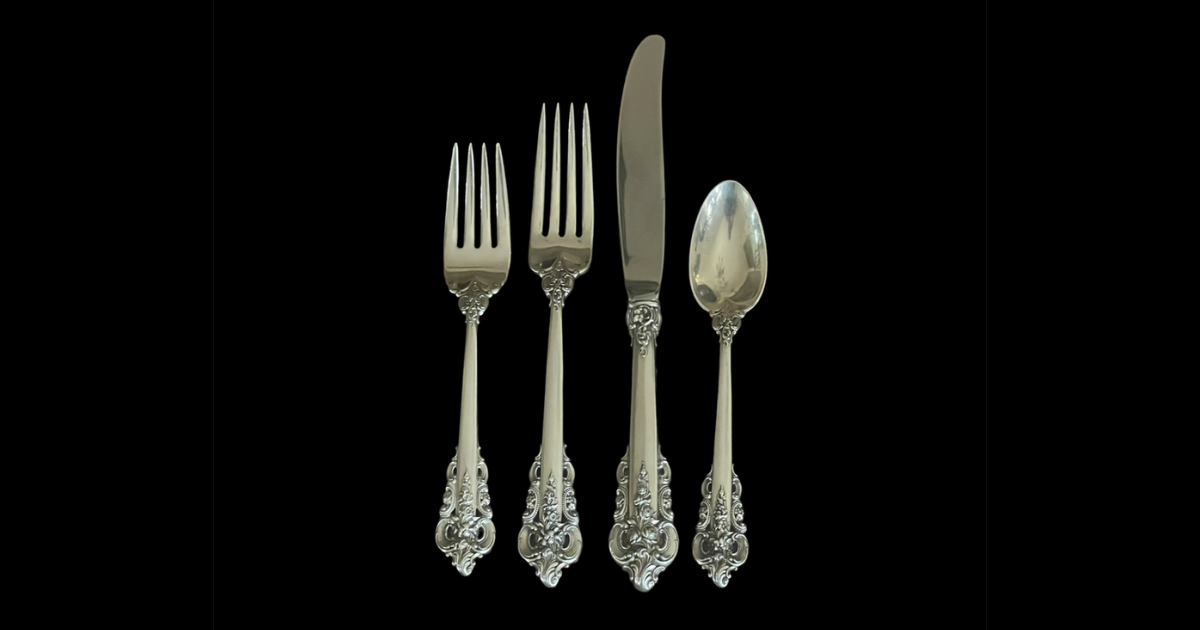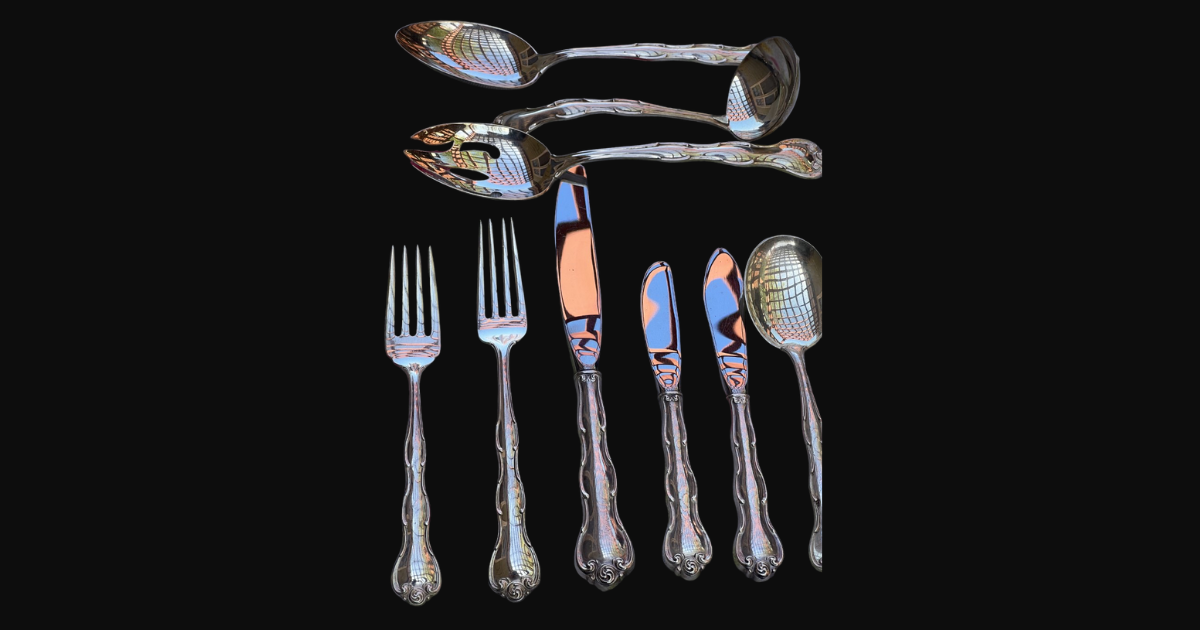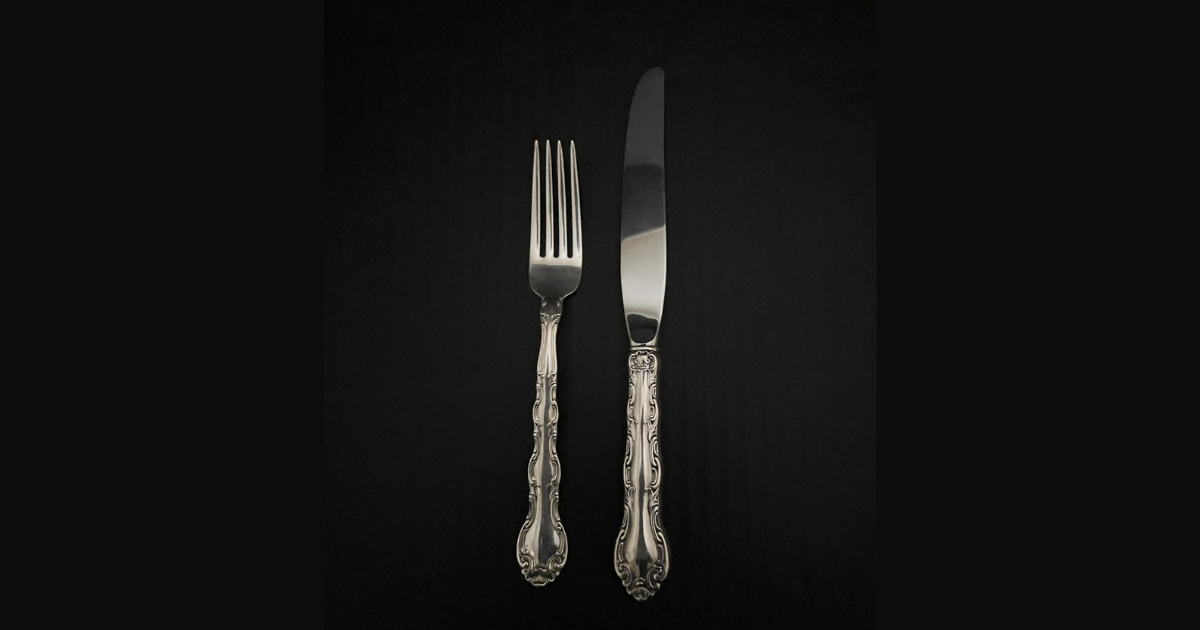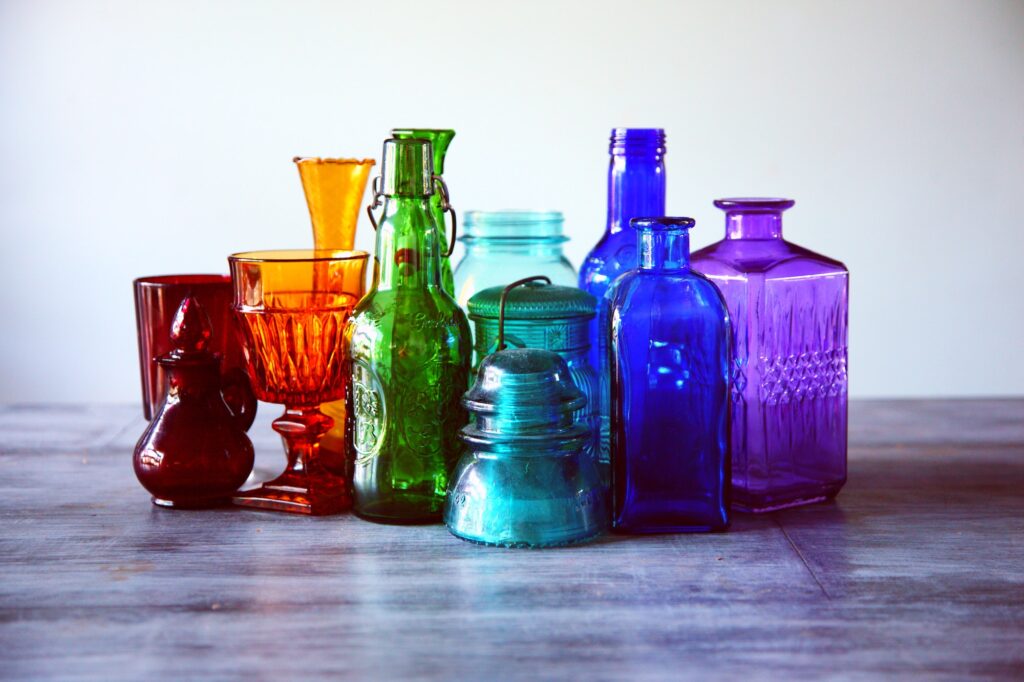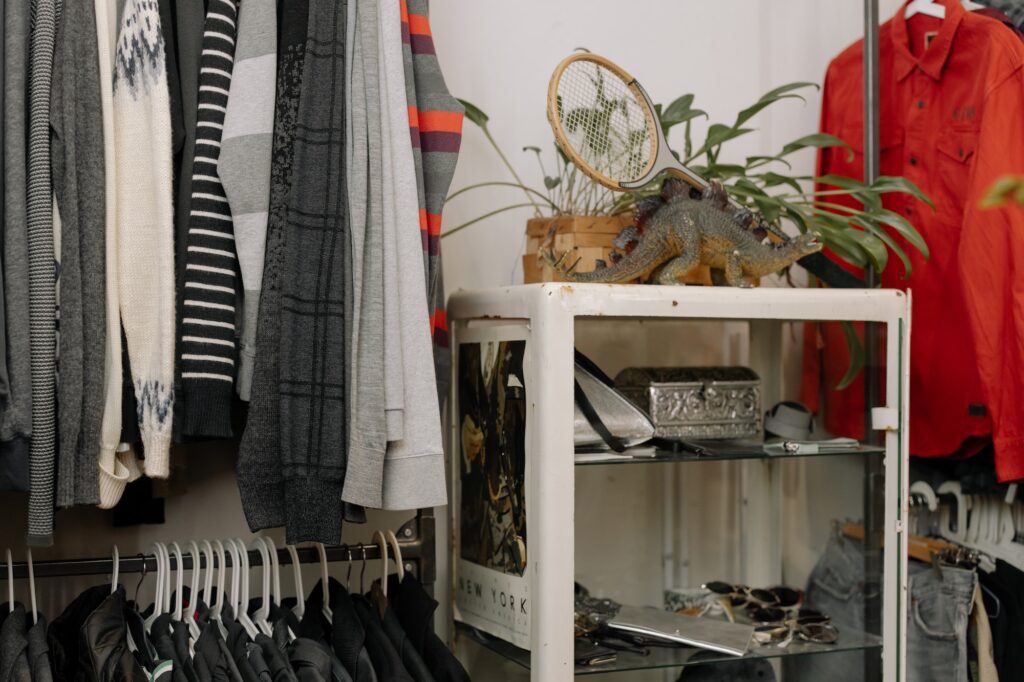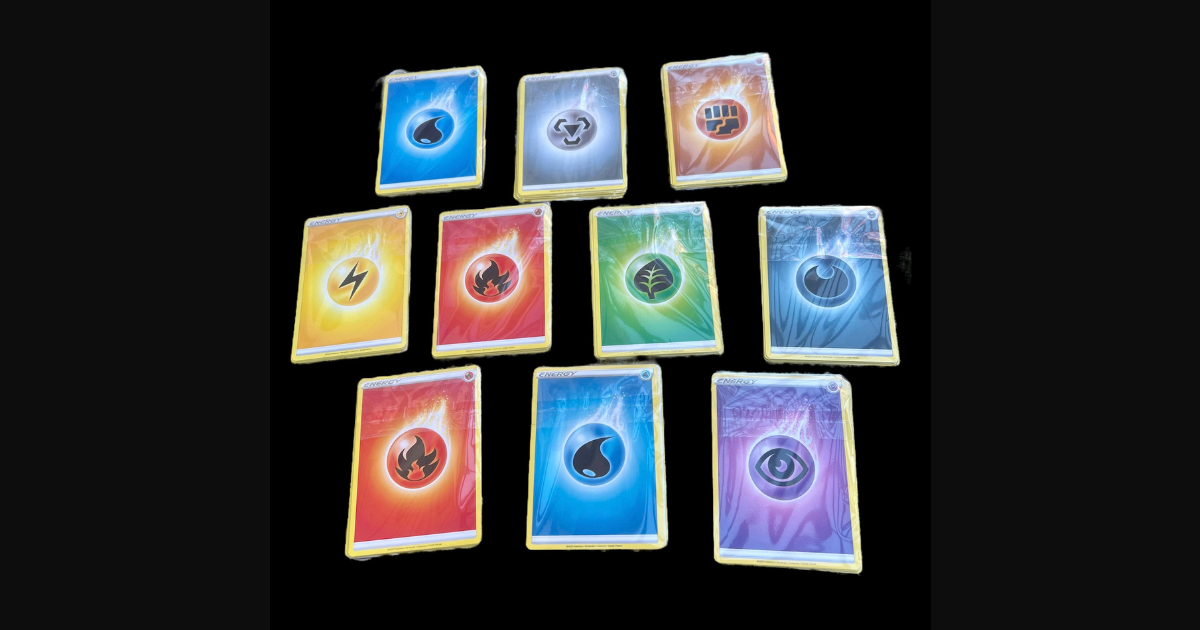The Art of Porcelain and Bone China: Understanding the Differences, Appreciating the Craftsmanship, and Exploring Price Variations
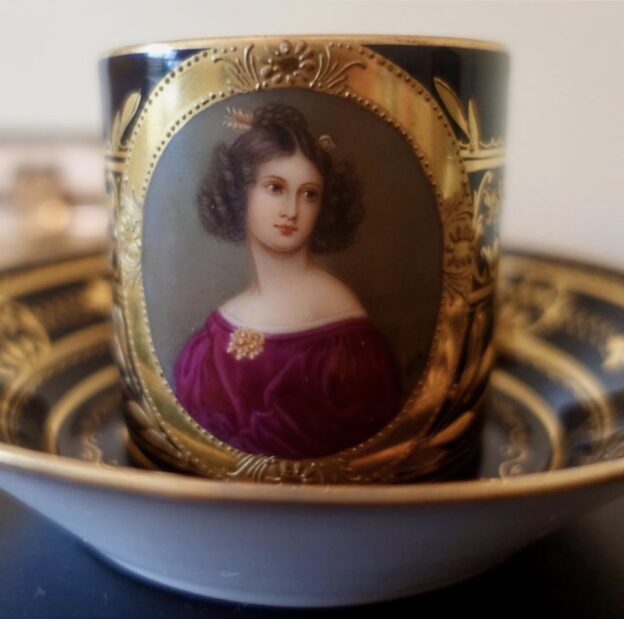
Introduction
Porcelain and bone china are two of the most popular materials used in the creation of fine dinnerware and decorative items. While they may look similar, there are distinct differences between the two that make each unique. In this article, we’ll explore the history, craftsmanship, and uses of porcelain and bone china, and also look at the variations in prices for these delicate materials.
What is Porcelain?
Porcelain is a type of ceramic that is made by firing kaolin, a type of fine white clay, at very high temperatures. The result is a hard, translucent material that is known for its beauty, strength, and durability. Porcelain was first developed in China during the Tang Dynasty (618-907), and quickly became one of the most sought-after luxury items in the world.
What is Bone China?
Bone china is a type of porcelain that is made by adding bone ash to the clay mixture. The addition of bone ash makes the material more translucent, lighter in weight, and stronger than traditional porcelain. Bone china was first developed in England during the 18th century, and quickly became popular for its elegance and durability.
Differences between Porcelain and Bone China:
The main differences between porcelain and bone china are:
- Ingredients: Porcelain is made from kaolin, while bone china is made from kaolin and bone ash.
- Translucency: Bone china is more translucent than porcelain due to the addition of bone ash.
- Weight: Bone china is lighter in weight than porcelain.
- Strength: Bone china is stronger than traditional porcelain due to the addition of bone ash.
Uses of Porcelain and Bone China:
Porcelain and bone china are both used in the creation of fine dinnerware, decorative items, and collectibles. Porcelain is often used for traditional and ornate designs, while bone china is used for more modern and minimalistic designs. Both materials are highly valued for their beauty and craftsmanship.
Price Variations:
- Porcelain: The price for porcelain can range from a few dollars for mass-produced items to thousands of dollars for rare and antique pieces. Factors that can affect the price include the maker, age, condition, and rarity of the item.
- Bone china: The price for bone china can also range from a few dollars for mass-produced items to thousands of dollars for rare and antique pieces. Factors that can affect the price include the maker, age, condition, and rarity of the item.
Caring for Porcelain and Bone China:
- Handle with care: Porcelain and bone china are delicate materials, so it’s important to handle them with care to avoid chips, cracks, or breaks.
- Wash by hand: Both materials should be washed by hand with a gentle detergent and soft sponge.
- Store carefully: Porcelain and bone china should be stored in a secure place, with padding or tissue paper between items to avoid scratching.
Conclusion:
Porcelain and bone china are both beautiful and valuable materials that have been appreciated for centuries. Understanding the differences between the two can help you appreciate the craftsmanship that goes into creating these delicate items. With proper care, your porcelain and bone china pieces can last for generations to come. However, it’s important to keep in mind that prices can vary greatly for these materials, depending on factors such as quality, rarity.
Be inspired
-
Product on sale
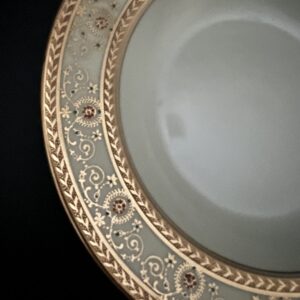 1920s Bavarian Hutschenruther Gold Encrusted Soup/Salad PlateOriginal price was: £32.00.£30.00Current price is: £30.00.
1920s Bavarian Hutschenruther Gold Encrusted Soup/Salad PlateOriginal price was: £32.00.£30.00Current price is: £30.00. -
Product on sale
 1920s Bavarian Hutschenreuther Gold Encrusted China Dinner PlateOriginal price was: £35.00.£28.00Current price is: £28.00.
1920s Bavarian Hutschenreuther Gold Encrusted China Dinner PlateOriginal price was: £35.00.£28.00Current price is: £28.00.


